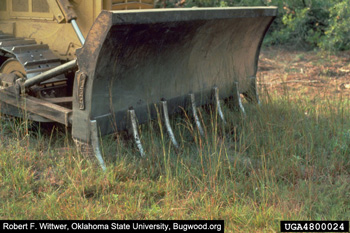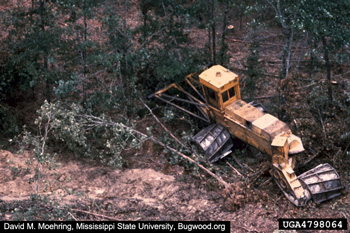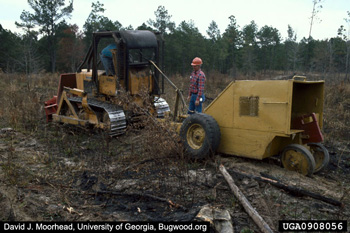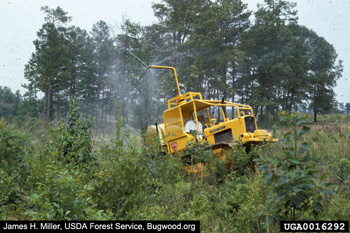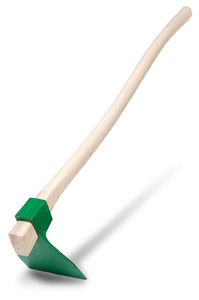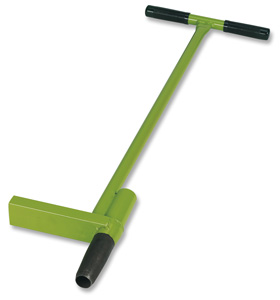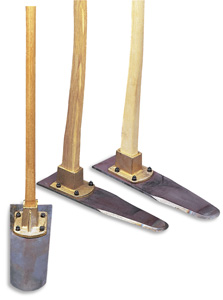Lesson
|
In this lesson, we will answer the following questions.
What are the advantages and disadvantages of natural and artificial regeneration? The two major types of forest regeneration are "Natural Regeneration" and "Artificial Regeneration." We find both of these types of regeneration being used in the Southeastern United States. We will look at natural regeneration first discussing how it can be accomplished and advantages and disadvantages of this method. The decision to use natural regeneration requires more advanced planning than artificial regeneration. However, regeneration costs can be much lower using this method. The main advantages of natural regeneration are:
Some of the disadvantages of natural regeneration are:
The landowner must consider cost and return to determine if natural regeneration is the way he wants to go in managing his land. If he does not have a good seed source it will be very hard to establish a good timber stand by natural regeneration. On the other hand if his pines are old enough (25 + years old) to have a good cone and seed capacity he/she can consider natural regeneration.
Describe the methods of artificial regeneration Artificial regeneration can be accomplished two ways, by planting seedlings or direct seeding the area to be regenerated. The majority of the sites in the southeast are regenerated by planting. Both of these methods require careful site evaluation to determine the appropriate species to plant or direct seed. You should be sure the seed for the seedlings or direct seeding are from an approved geographical source for your region. General artificial regeneration requires more intensive site preparation work. Most southern pine regeneration is accomplished by planting seedlings. The factors that make planting the most used method of regeneration are:
Clearing Equipment The following are some examples of equipment used to clear land for planting.
Reforestation Tools The following are some examples of tools used in artificial reforestation.
Chainsaw Safety When using a chainsaw to clear forest areas, it is important to follow safety guidelines. View the following chainsaw safety videos:
Reforestation after a tornado Watch the Regenerating Your Woods after Tornado Damage presentation to learn about the reforestation methods used after a tornado has damaged a forest. |
|||||||||||||||||||||||||
